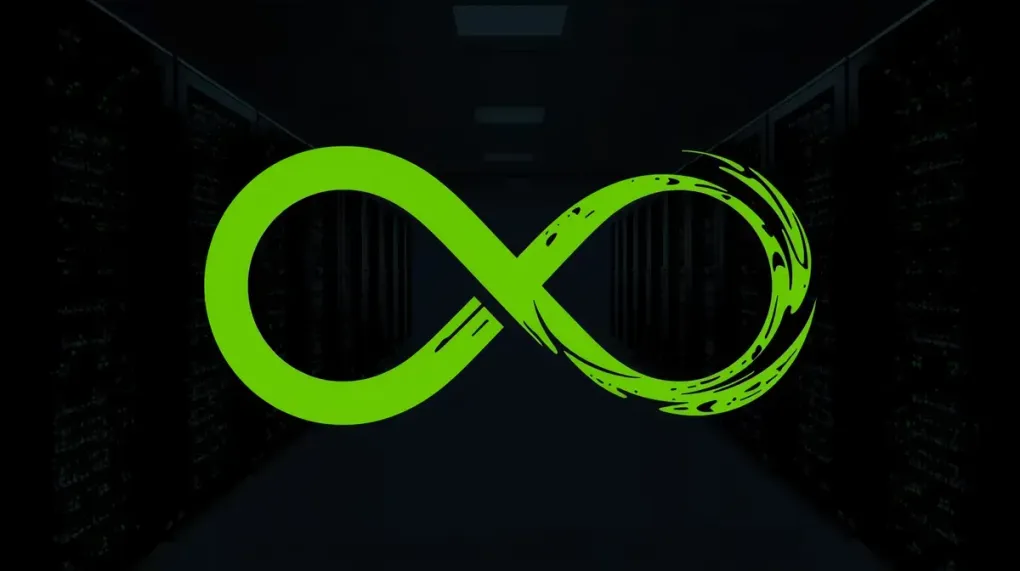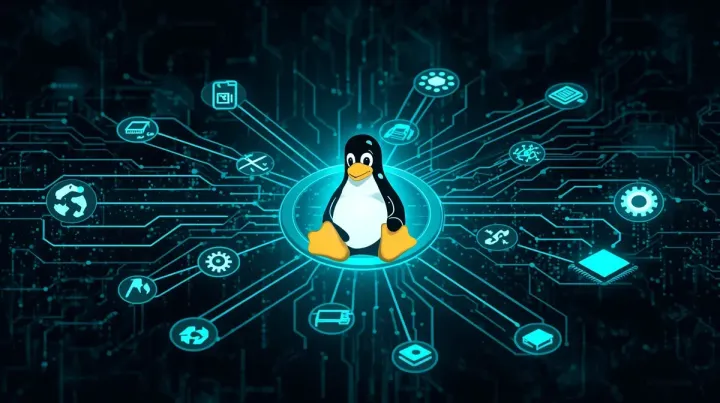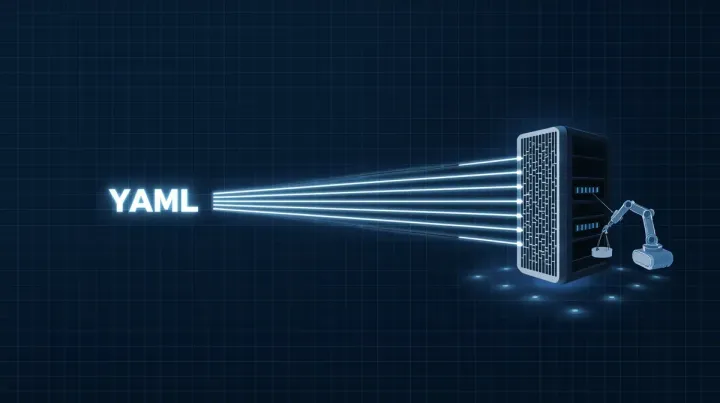
NVIDIA Pushes Forward with Open-Source vGPU Support for Linux
NVIDIA’s relationship with the open-source community has been… complicated. For years, the green team was notorious for its proprietary drivers, much to the frustration of the Linux community. However, the tide seems to be turning. After open-sourcing their kernel modules back in 2022, NVIDIA is now making another significant move: pushing for upstream vGPU support in the Linux kernel.
What is vGPU and Why Does it Matter?
For the uninitiated, vGPU (virtual GPU) technology allows a single physical GPU to be shared among multiple virtual machines. This is a huge deal for data centers, cloud computing, and anyone running graphics-intensive workloads in a virtualized environment. It means more efficient use of hardware and the ability to provide GPU acceleration to workloads that would otherwise be left out in the cold.
Until now, NVIDIA’s vGPU solution has been a proprietary affair. But with the latest set of RFC (Request for Comments) patches posted to the kernel mailing list, it’s clear that NVIDIA is serious about bringing this technology into the open-source fold.
The Road to Open-Source vGPU
This isn’t the first time we’ve seen these patches. The initial set was posted over a year ago. This revised version shows that the work is ongoing and that NVIDIA is committed to getting it right. The goal is to integrate vGPU support with Nova, their modern, Rust-based open-source kernel driver.
The latest patches demonstrate a Windows 11 guest running with two Linux vGPUs from a single graphics card, a promising sign of things to come. While it’s still in the RFC phase, meaning it’s not yet ready for primetime, it’s a clear indication of NVIDIA’s direction.
What This Means for the Future
An open-source vGPU implementation in the Linux kernel would be a massive win for the community. It would mean tighter integration, better performance, and the freedom that comes with open-source software. It could also pave the way for more innovative uses of GPU virtualization on Linux.
While we may still be a ways off from seeing this in a stable kernel release, it’s a development worth watching. NVIDIA’s slow but steady embrace of open-source is a welcome change, and this latest move is one of the most significant yet.


